|
Hi guys! The last four days at TRIP have flown by so quickly. In the past two weeks, I worked on my introductory experiment, where I tested the effects of black cohosh and disrupted circadian rhythms on female fly fertility. My female fertility assay showed that constant dark did not affect fertility, but that black cohosh was able to increase the number of embryos per female. I am so glad that fruit flies aren’t very hard to work with. TRIP has developed in me a fascination for the complexity of these organisms despite their small size. It amazes me to see how flies respond to certain drugs or stressors in the same way that humans do. By practicing with the lab equipment, I have also become a lot more confident in the lab. 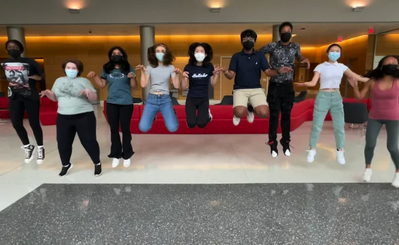 am so happy that I got assigned to Session B. I love everyone’s unique personalities, and even though we have only seen each other for five days, I feel that we have already established a strong friendship with one another. The environment I am in when I enter the TRIP lab inspires me so much, as everyone is extremely kind and smart, and they share the same passion and dedication that I admire, where we often stay up past midnight to get our assignments turned in on time (and not get shamed in class). I came to TRIP in hopes of growing from this experience, and just from listening to everyone present their project proposals on day three and receiving feedback on mine, I have already learned so much that I will keep in mind when preparing for the final symposium I chose to test bananas, apples, and grapes, which are high in fiber, sorbitol, and polyphenol, respectively, and a combination of these fruits to see which fruit component plays the most important role in microbiome diversity. Figuring out exactly what my final project question would be took me quite a while. I remember reading about some of the projects on microbiomes in previous years and knowing at the start of the program that I wanted to test for microbiome diversity. However, I didn’t know exactly what I wanted to test until I came across an article on how poor diet and diet-related diseases are a major health concern in the U.S. Since I am a very picky eater when it comes to fruits, I decided to test how eating a variety of fruits as opposed to one type of fruit will affect the gut microbiota. I chose to test bananas, apples, and grapes, which are high in fiber, sorbitol, and polyphenol, respectively, and a combination of these fruits to see which fruit component plays the most important role in microbiome diversity.
TRIP has given me such an invaluable experience to explore my interests in science while also making new friends. I can’t wait to start the microbiome assay, and I’ll keep you updated with my results!
0 Comments
These first few weeks at TRIP have been quite interesting. I've learned how to make and dilute solutions, with the help of the amazing Dr. Leystra of course. Coming from lower-income schools, I didn't know a lot of the math I should, and our instructors have been very patient in helping me out. In these first three weeks I've prepared fly food vials, sorted flies into said vials, and ran a Negative Geotaxis Assay on flied who were stressed with soap, as well as flies treated with Vitamin E. These are words I never imagined to come out of my mouth, but I did it! It was a very new experience which I absolutely love.
Besides all of the work, I've also been able to create bonds with some of my peers. We help each other with assignments, we laugh, play and overall have fun! I think bonding with other students in TRIP is essential to our success. Without support it'd be too easy to just give up. I'm grateful for the friends I've made, and excited to get closer to everyone.
Hello, again, readers! I hope you are having a wonderful day!
Currently, we are halfway through our TRIP program (reaching the end of our 3rd week), and it has been quite a rollercoaster, phew! Specifically, I have been working on my introductory project, as I am determining how red clover and sugar affect fertility. In this scenario, my drug was the red clover (which was known to boost fertility), and my stressor was a high sugar diet (which was known to reduce fertility).
Apart from my introductory project, I set out to discover my independent project– something that had been known to affect my life. My family in India despises modern medicine, despite how fast the remedy may be, and they rather depend on naturopathy/allopathy, specifically in terms of ayurvedic medicine. Therefore, I came upon this project to truly see which type of medicine is the most effective and beneficial to humans without many of the widespread side effects. The benefits of homeopathy are quite prevalent and contain much fewer detriments, contrary to allopathy. Additionally, the rise of “Big Pharma”, the large amount of stress and breaks in the US healthcare system, and the rising corruption in the pharmaceutical industry led me to my question:How do Penicillin & Streptomycin (mixture) and Asparagus racemosus (Shatavari) affect fertility and rate of growth, and what does it illustrate in terms of allopathy and homeopathy in its effectiveness as antibiotics?
This question, as I knew it from the start, was not going to be easy to prove. Additionally, there has not been any forms of research comparing the differences and similarities of a mixture of Penicillin & Streptomycin and Shatavari, as it is quite uncommon. In order to start this project, I needed to establish my main assays, and they include a microbiome assay (quantifying the gut bacteria of flies through the various amounts of antibacterial drugs), a male & female fertility assay (determining the quantity of successful offspring), and an overall growth assay (through an image analysis of the Fiji ImageJ software). With a large number of assays to test and prove my question, I am now ready to start this project in all its entirety! 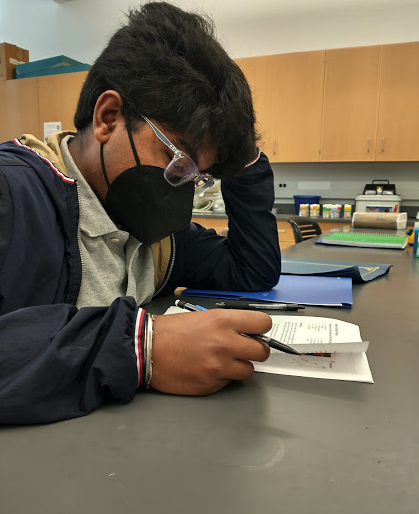 Additionally, in conjunction with the TRIP initiative program, I have been able to further become an independent person. From taking the train to walking around the city, I find myself in awe of how wonderful urban life is and how discrete it is to the little suburbia I live in. In the end, I can’t wait to see how well my project goes, and I also can’t wait to update you all on how the project goes! Until next time! I had a lot of fun on my second day in the lab. I really felt supported when I needed help making the dilutions and solutions. We sorted male and female flies using either CO2 or ice method. The CO2 method was a lot easier to work with. The ice method works just fine but you have to be a lot more careful with not getting the flies' wings wet because that will cause them to die in the long run. In addition, if they aren't fully on the ice they can start to wake up. I also got to make grape plates. I felt like a scientist! Doing the math correctly really sets you up nicely to ensure that you can run your protocol smoothly. I'm so glad that I took the opportunity to participate in this program. I think that I'm going to test the impact of Sildenafil, otherwise known as Viagra, on my flies. I know it's a little bold but I'm really curious to see if it affects the reproductive system positively or negatively. I'm trying to think up another project, one that's not so straightforward. All I can think about is presenting my independent project and having the word VIAGRA in bold letters.
Welcome back! I’m halfway through my TRIP Journey: week 3! Since the last time I wrote, I have conducted an introductory experiment testing the effect of St. John’s Wort and constant darkness on fruit flies' mood. I collected and presented my data to my TRIP peers as well. Over the past few weeks, I have gotten to know my peers and look forward to sharing the lab with them.
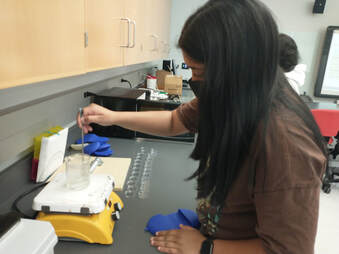 After finishing up our introductory experiments, it was time to create our own independent research project. At first I wanted to test the side effects of high cholesterol in flies by feeding them a high-fat diet. But I quickly strayed away from this as the consequences for high cholesterol are thoroughly researched in humans, my questions would not be novel. So I decided to take a different approach to cholesterol. Over 200 million people take cholesterol medicine (statins) to control their high cholesterol. So what would happen if a patient were to continue taking stains when their cholesterol has come to a normal range? Would prolonged use of a medication patients didn’t need negatively affect them? Millions of people do not have access to quality health care around the world. While a patient could get prescribed cholesterol medicine, they may not have to means for a follow up appointment with their doctor to get their cholesterol tested again. We see articles about increasingly high cholesterol without a sedentary lifestyle, we hear about the news of a loved one’s passing due to heart problems because they had high cholesterol, so everyone knows of the negative consequences of cholesterol. But what about the medicine that control it? Modern medicine has done extraordinary things for millions of people, but not everyone can access healthcare workers for annual checkups. This idea gave way to my independent research project. What effect does Lipitor medication have on fruit flies overall growth and development?” My question is “What effect does lipitor medication have on fruit flies overall growth and development?” I set up my experiment yesterday and I am very excited to run my first assay tomorrow to test how the lipitor has affected the fruit flies’ bodies. Keep an eye out for my updates to learn more about my project and how it's going!
Hey guys! Glad to see you’re back. If you forgot from before, my name is Laney. We are halfway through Week 3 of TRIP and it truly has been a wild ride. While I knew this program involved math, I greatly underestimated the amount of math I would actually do in this program and the amount of times one person alone could screw up a math problem. Math is absolutely not my forte in any way, and I’m very glad I learned that before I go to college. Additionally, I am extremely grateful for my fellow TRIPmates, especially Charity, as well as Dr. Leystra for taking the extra time to help me better understand the math I struggled with so much. Outside of my frustration with math, TRIP has been so much fun! I’ve missed being in a lab so much. It’s so exciting to be back, with like-minded people so excited to learn about science and research. We still have a few weeks left and I am so excited for them! This is such an exciting experience that I will never be able to forget.
My original independent project plan wasn’t really a plan. At first, I didn’t know what I wanted to do at all, but after thinking about it, as an incoming Neuroscience major, I decided I wanted to study cognitive function in some way. After talking with Dr. Leystra and my fellow TRIPmates, I decided to study the effects of Prozac on memory with a stressor of isolation. I’m surprised I didn’t think of this project sooner. I love learning about the brain and mental illness. Isolation will put the flies in a depressed-like state for the flies. This will then stress them out and could negatively affect their memory. The goal of this project is to see how Prozac impacts memory, as there are currently very mixed results with this topic and most studies are done in patients with fatal brain disease. I chose Prozac because it is a drug I am currently on, which means I have access to it, as well as an understanding of how it impacts me personally. I am doing the Proboscis Extension Response (PER) assay to determine the flies memory, using sugar water to determine if they are able to recognize positive feedback with a specific sound. I am so very excited to begin doing this experiment. Yesterday I did a bunch of prep work to get ready for this assay and I can’t wait. It is definitely going to be an insane amount of work and will most likely stress me out greatly, but I am confident it will be worth it.
Hi guys! Emily here. I didn’t realize we were halfway through the program already. Wow, time really ‘flies’. We are currently on week 3 of TRIP and have begun our independent projects! I find myself eagerly waiting for every Tuesday and Thursday of the week to be part of the lab and can not wait to see how far the projects will take us.
After the introductory experiments, it is time for our personal independent experiments. I value women’s health. Although pregnancy is not desirable for everyone, many women struggle with infertility which brings social and psychological problems to their health; women’s reproductive health affects their overall wellbeing, mental health, hormones, dietary restrictions, etc. Therefore, seeking a possible solution, I found Angelica Sinensis. Angelica Sinensis, also known as Dong Quai, has been used in Chinese medicine for a long time; mainly for female reproductive health. I want to test how accurately and to what extent this herb has an effect on the rate of female fertility. Hopefully, I will be able to receive positive results!
It's been two weeks since I wrote my last blog. Quite a lot has happened in the past two weeks, and I want to share a couple of my learnings to date about TRIP. 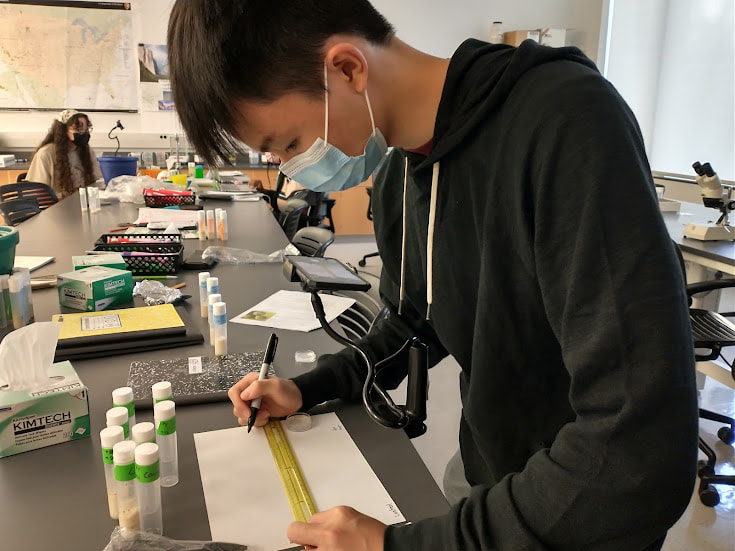
Second is that finding a research topic is a lot harder than I anticipated. Two weeks ago, I had lots of ideas that I thought were good. I was inspired by topics like water pollution, over-the-counter drug addiction, and others. All sound exciting and meaningful. But I soon realized how impractical they are once I needed to turn the topic into measurable results over a three-week period. That thinking process finally took me to an idea that feels very personal to me, that is sleep deprivation. I never get that much sleep due to extracurricular and school work. My parents and my pediatrician constantly warn me that 8 hours of sleep is vital for good brain function. It made me wonder: if someone has to give up sleep time, is there a minimum number of hours that you can give away but cause relatively less damage to your health? And can sleep deprivation be reversed by catch-up sleep? That became the topic for my research. Until next time, stay healthy and wish you at least 8 hours of sleep each day.
Hello Everyone, it’s Charlotte (again)! As we conclude day 6 of the program, I can’t believe how quickly these past 3 weeks have flown by. When we first started our introductory experiments, I was shocked at the detail that was needed to perform each assay and analyze our data, even though we already had our research questions provided! I performed the Open Field Test to measure the anxiety levels of my flies and analyzed the data, which I found to be repetitive, but still interesting and eye opening! Now, moving on to my independent project! When I was brainstorming ideas for my project, I was immediately drawn to the gut due to the variety of assay options that studying the gut offers, but more importantly because I was enthralled by its biomechanics and how food can affect such important structures. Once I narrowed down my topic to the gut, it was natural for me to test how spice and vinegar affects it. My family is from Malaysia and China, and for our household, high spice tolerance is practically a requirement. However, my grandparents frequently send articles talking about how high levels of spice correlate to gastrointestinal problems and diseases. When I did further research, I found that vinegar and pickled foods could counteract some negative effects that are triggered by spice, such as heartburn. Thus, I’m studying how spice affects gut permeability and health, and whether pickled foods can counteract that effect.
The first few weeks of TRIP have flown by, and I am glad to say that I have enjoyed them thoroughly. I felt like a true scientist while diluting drugs with micropipettes, sorting unconscious flies with paintbrushes, and creating grape plates with Juicy Juice. There were certainly moments when I stepped out of my comfort zone and felt unsure about my abilities; many of the processes in the lab are new to me. However, the collaborative environment created by the staff and students ensures that I always receive the support I need. I feel like there is always someone to provide an answer when I have a question. Plus, all the friends that I have made at TRIP are super cool and make even the most mundane tasks (such as creating labels for vials) more enjoyable. 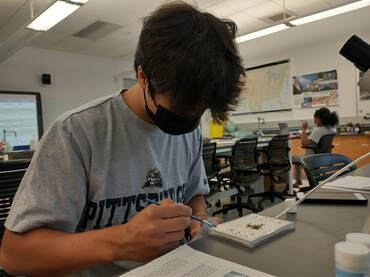 Before jumping into our independent project, my TRIP friends and I each performed an introductory experiment to get us comfortable with the lab. My introductory experiment sought to determine whether a disrupted circadian rhythm and/or a dose of St. John’s Wort (an herbal medicine supposed to treat mild depression) had an impact on fly mood. I found this project super engaging for several reasons. For one, I was genuinely interested in the question, since I often experience brain fog or anxiety when I go to sleep at a weird time. Additionally, learning how to knock out and sort flies was unexpectedly fun and satisfying. I did feel bad dumping the flies into the “Fly Morgue” at the end of the experiment, however. Then, before I knew it, it was time to start brainstorming for my independent project! At first, I had no clue what I wanted to study. However, after sitting down and thinking about my hobbies and habits, I decided that I wanted to study the effectiveness of the common pre-workout ingredient L-Citrulline on providing energy to sleep deprived flies. As someone who exercises often, whether it be lifting with my friends or (preferably not) running for a sport, I hear a lot about fitness supplements. One particularly popular supplement is pre-workout, which I sometimes take for an energy boost when I am tired. However, pre-workout powders often contain upwards of 10 or 15 ingredients, which made me wonder whether these ingredients were necessary for providing energy - or if one would be better off saving money and drinking coffee! L-Citrulline in particular is a supplement that claims to provide energy and is common in many pre-workout mixes yet has little research supporting its effectiveness. After completing copious (though definitely necessary) worksheets and exercises in preparation for my independent project, I am very excited to begin working on it.
|
Archives
April 2024
Categories
All
|
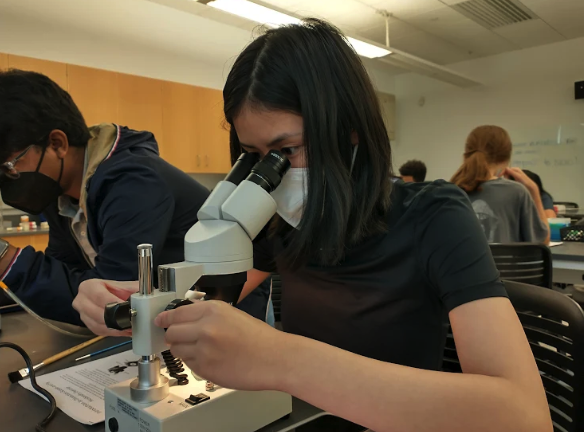
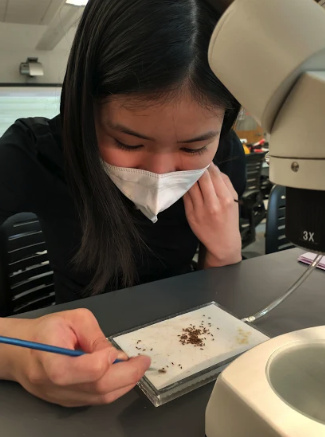
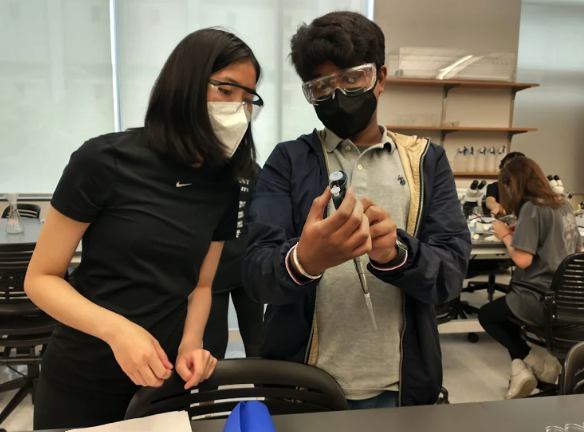
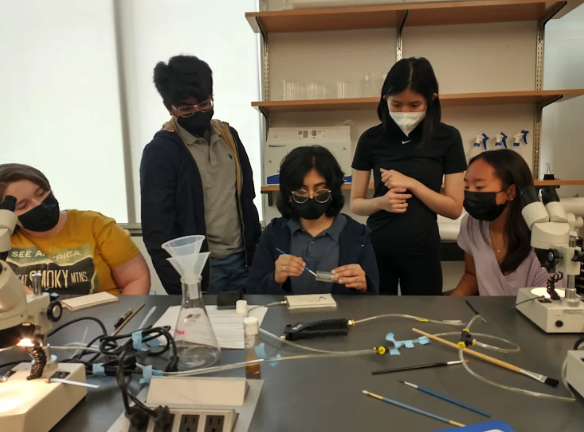
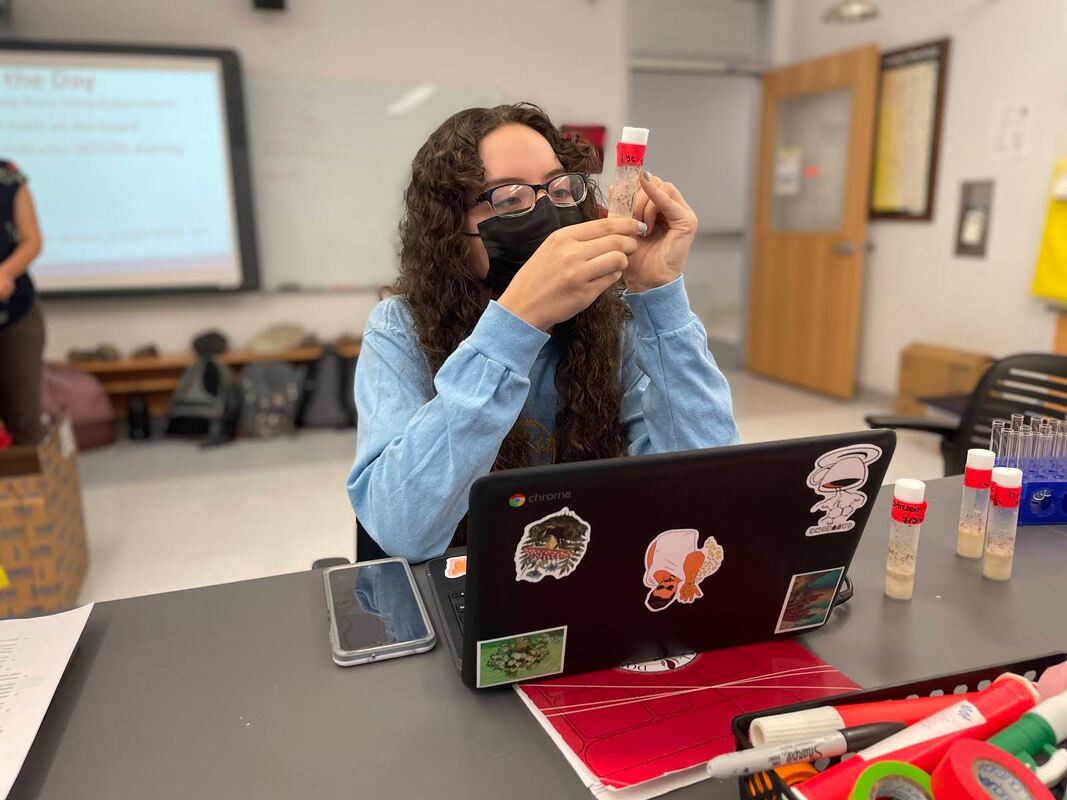
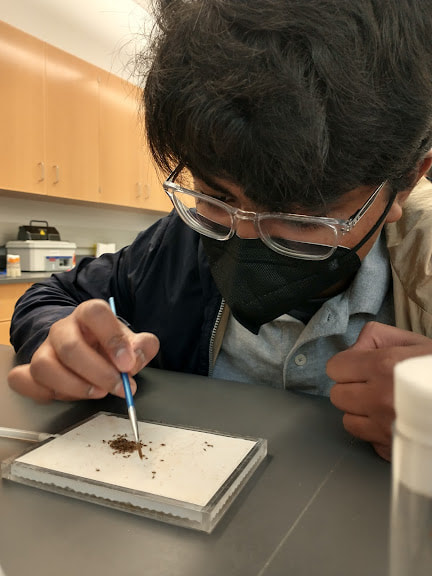
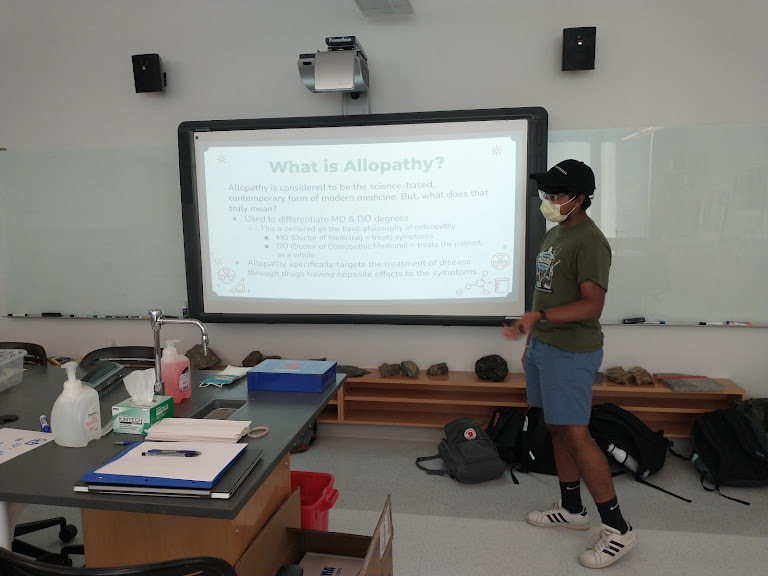
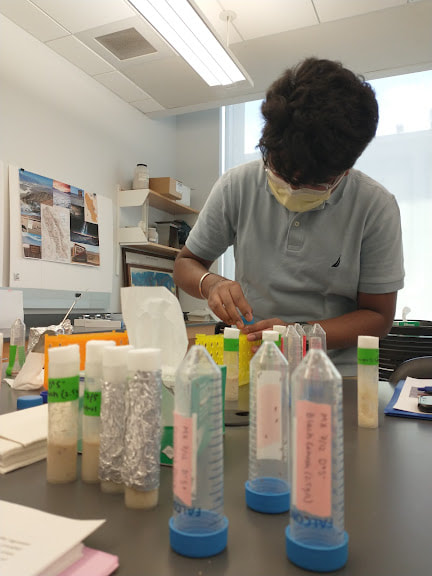

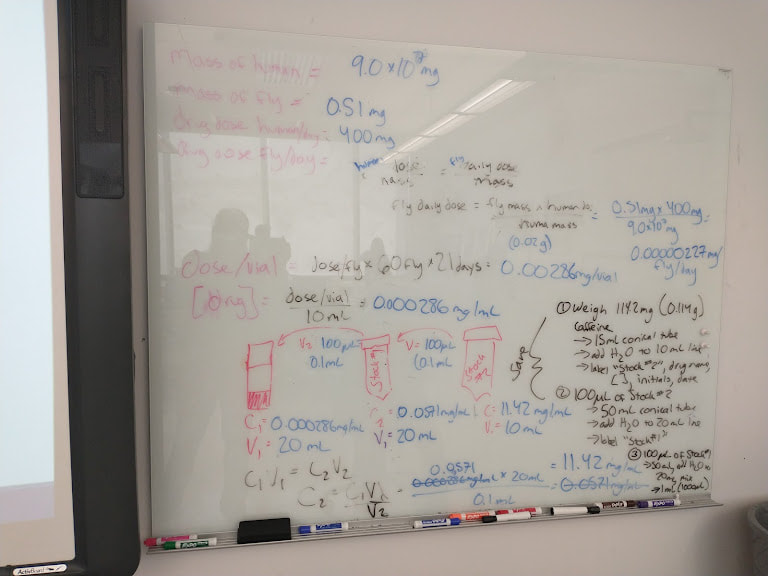

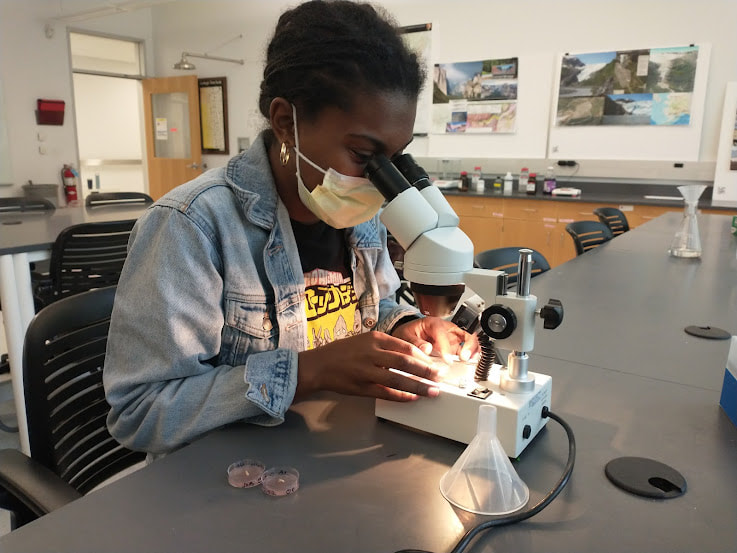
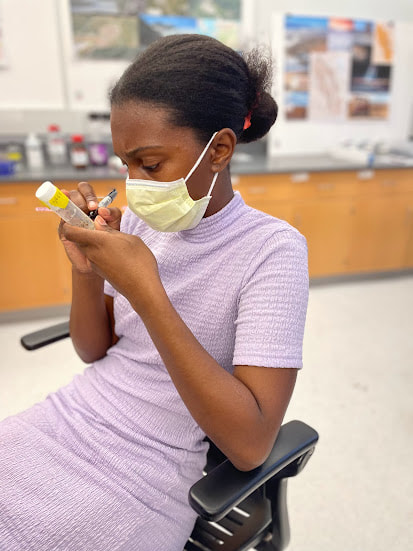
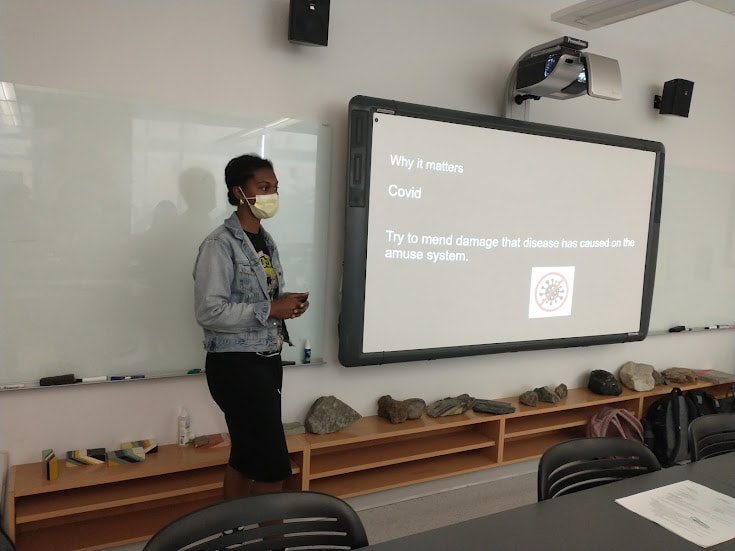
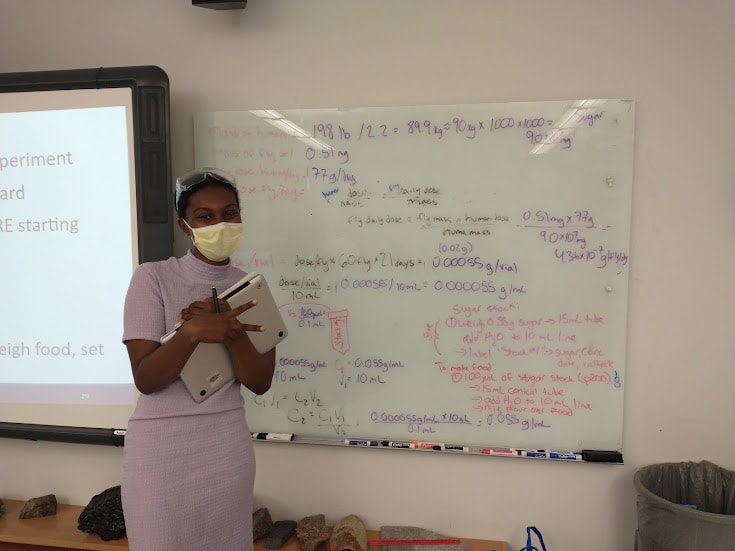
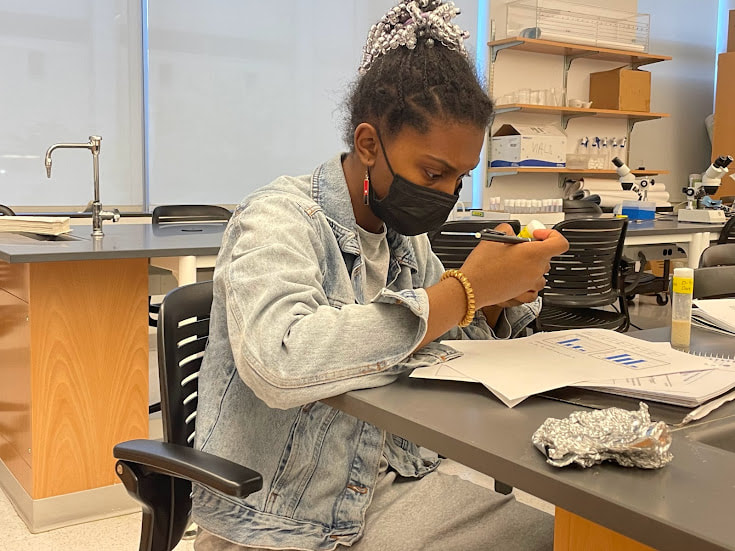
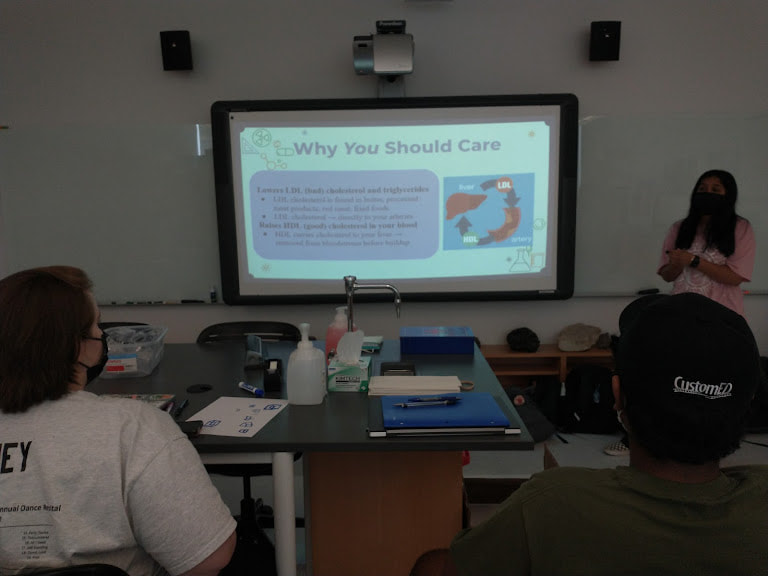
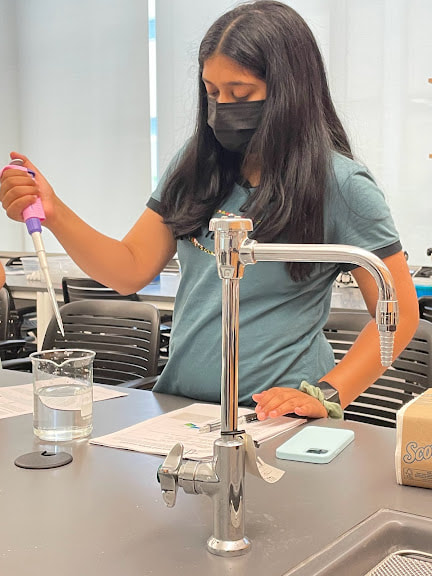
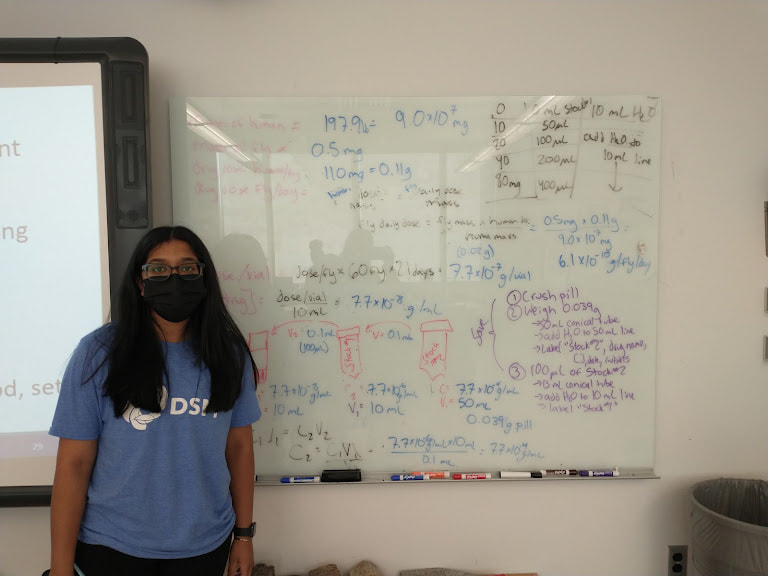
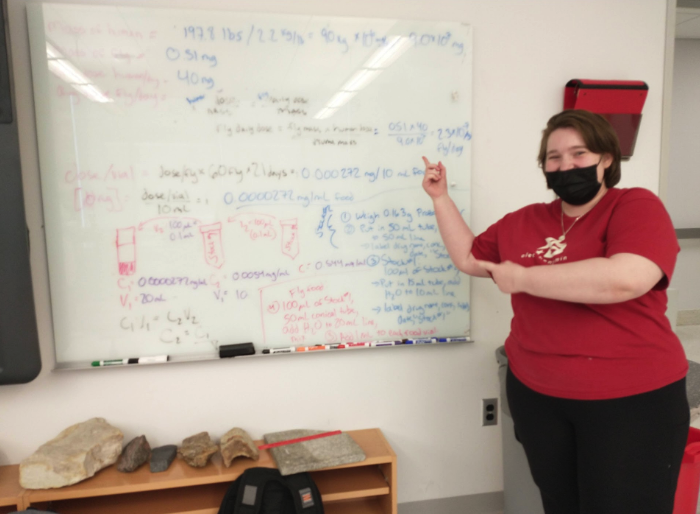
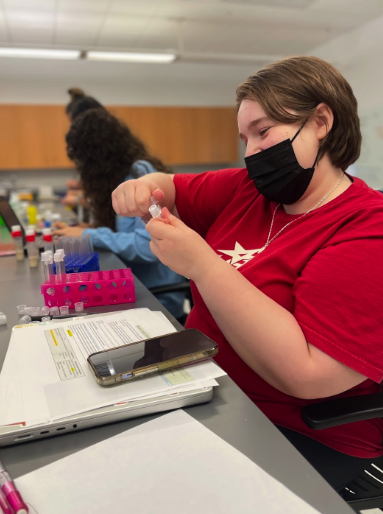
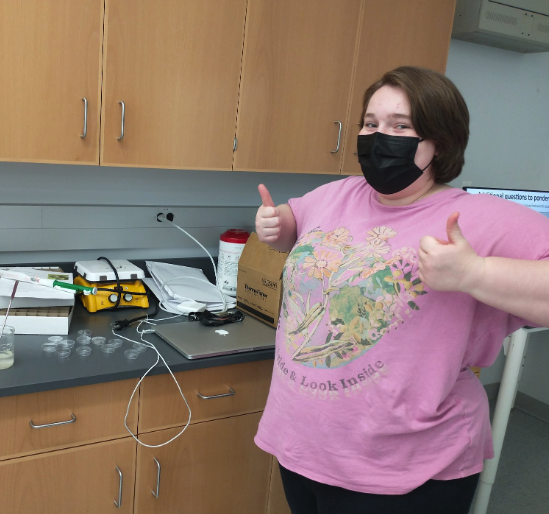
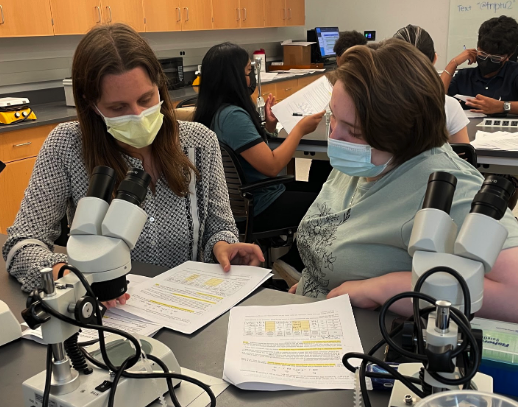
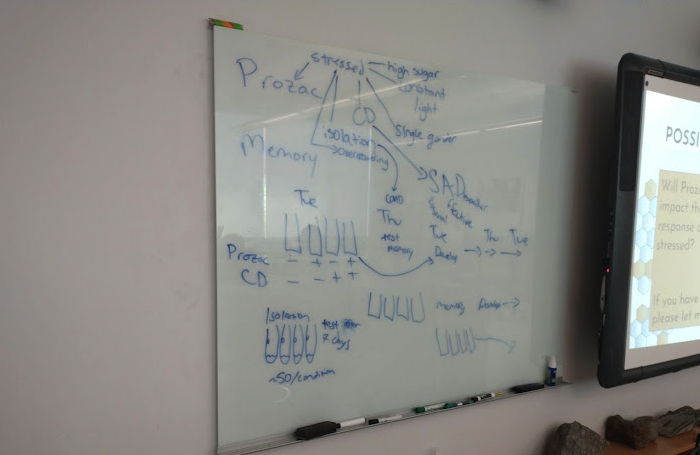
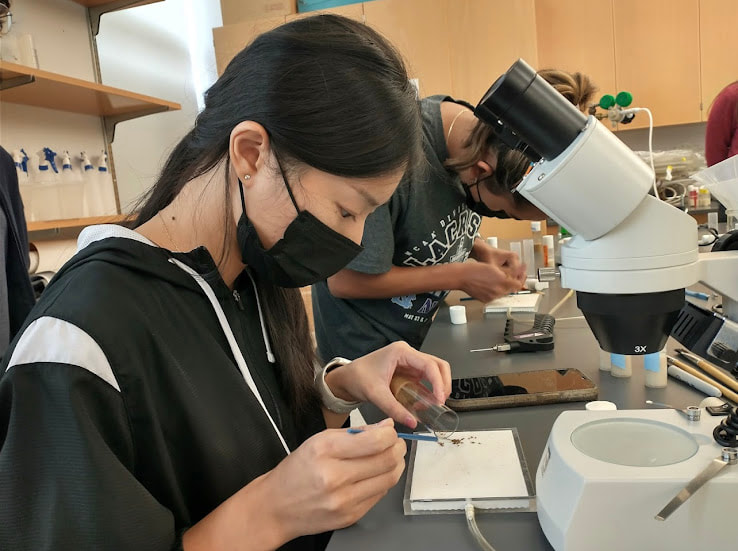
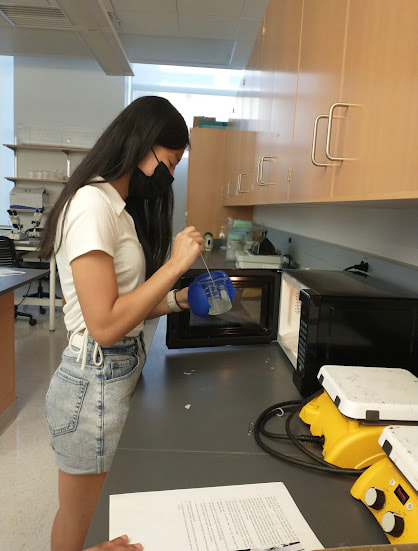
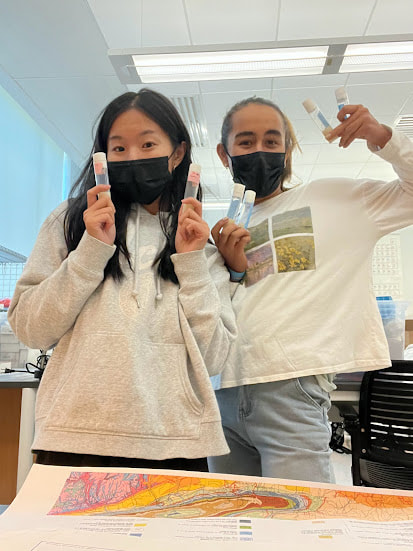
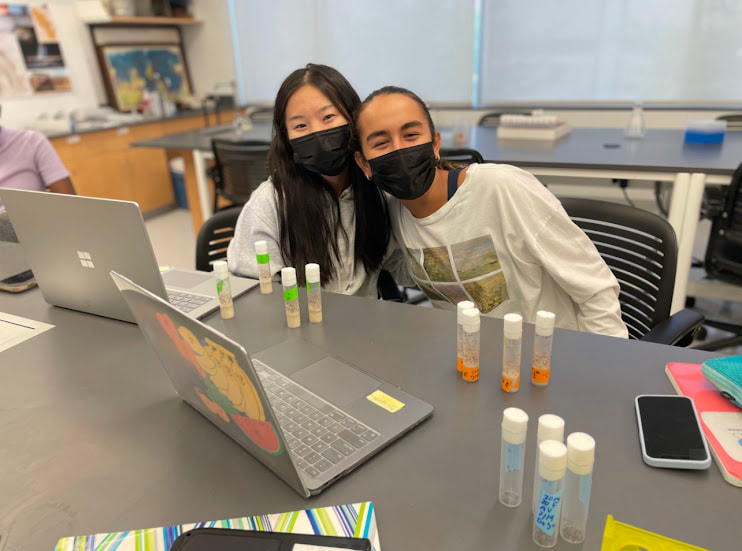
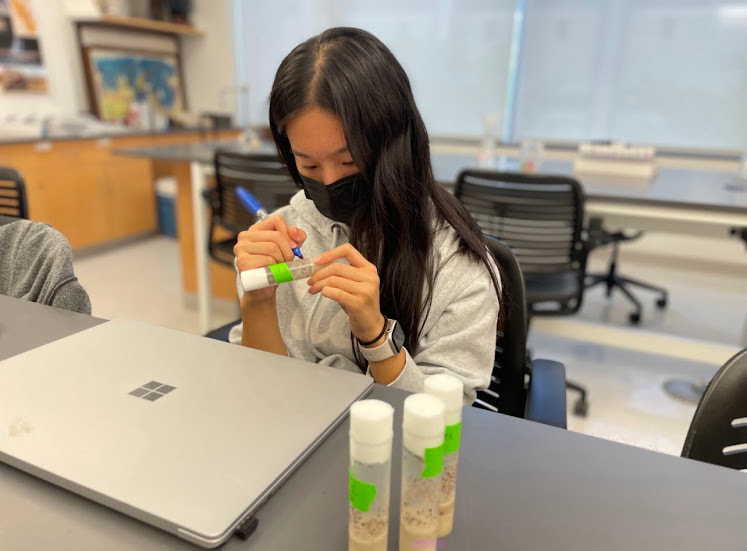
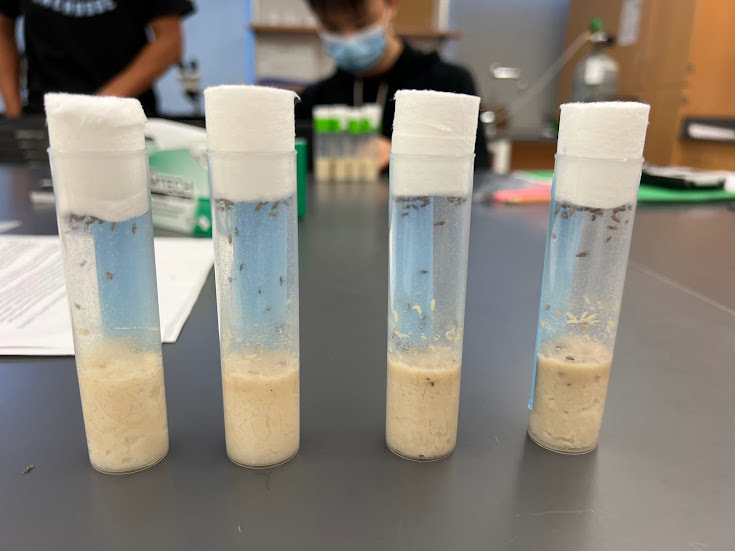
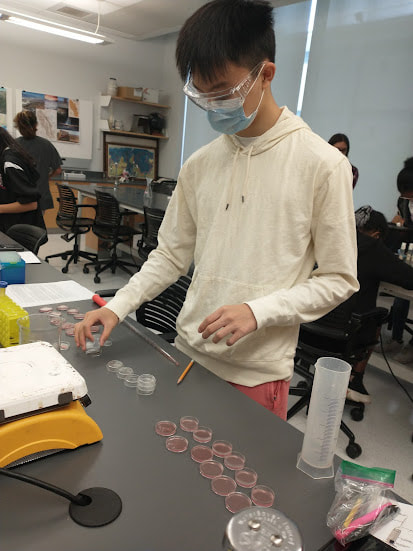
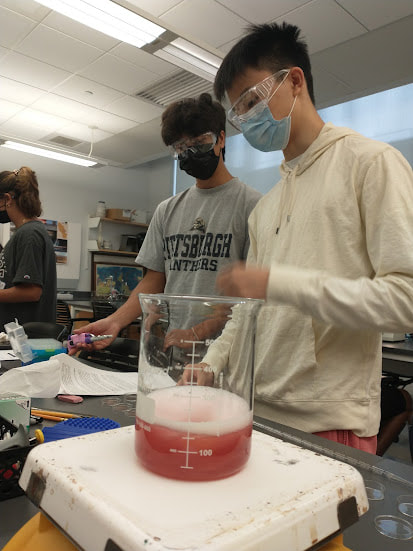
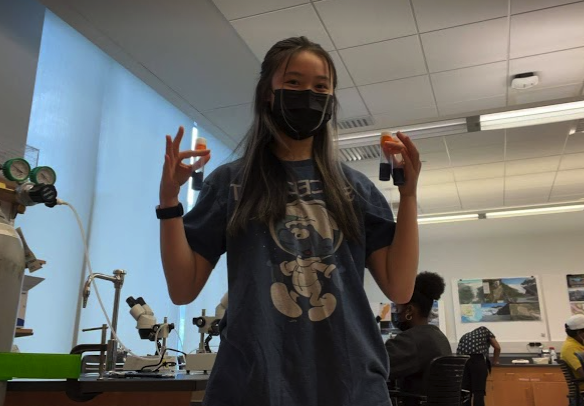
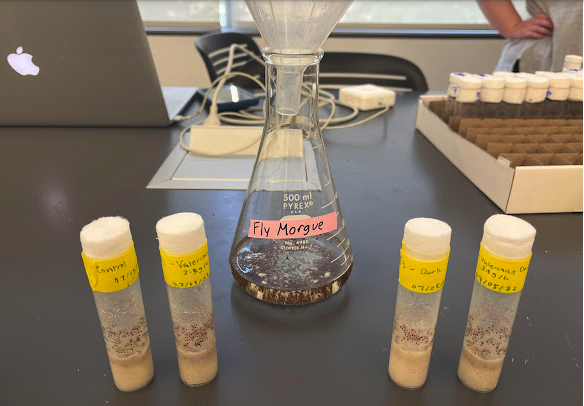
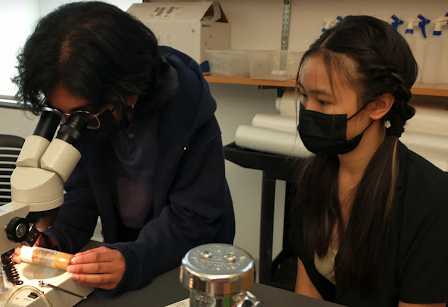
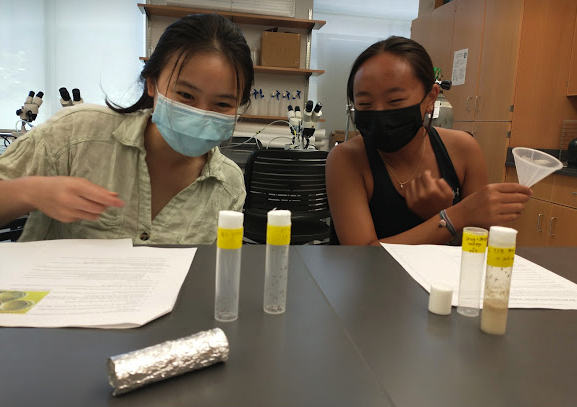
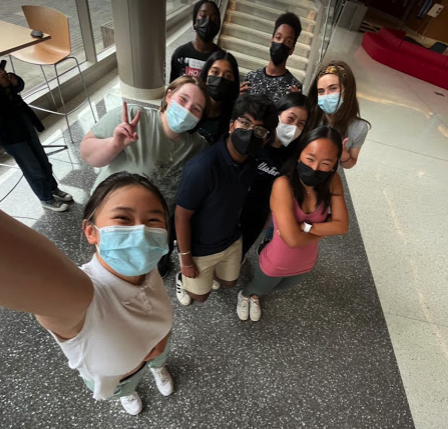
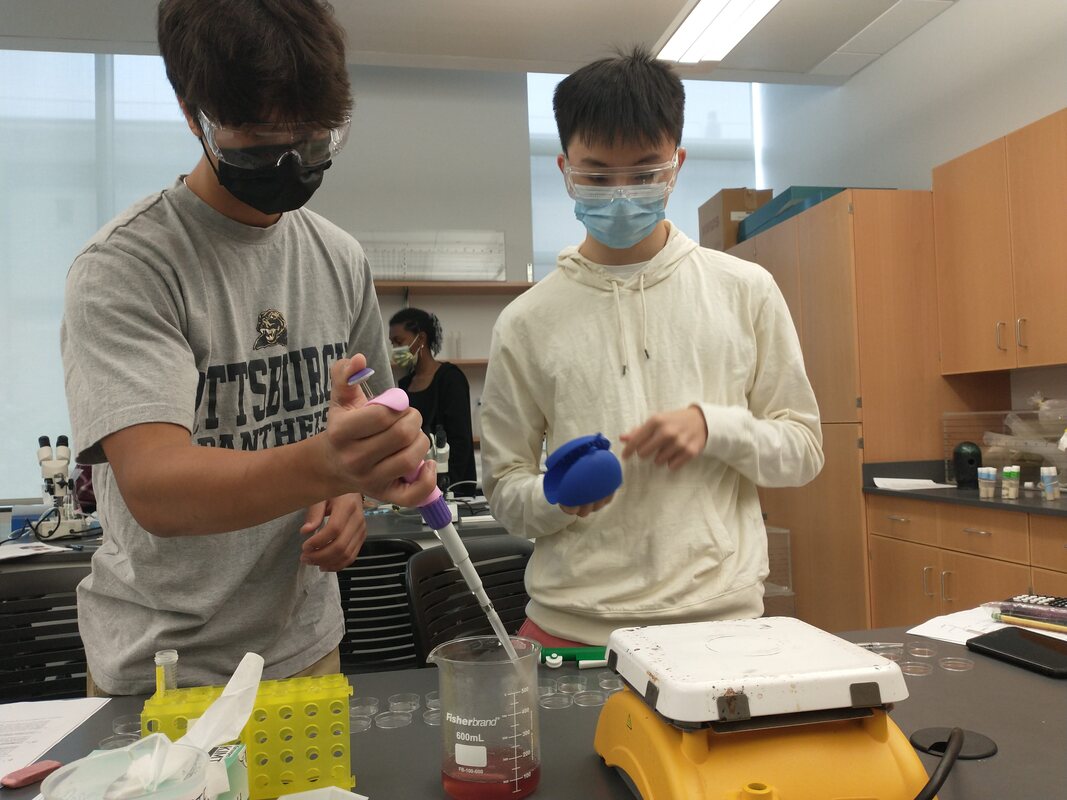
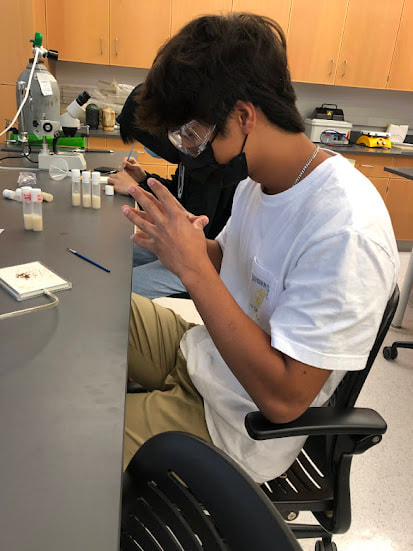
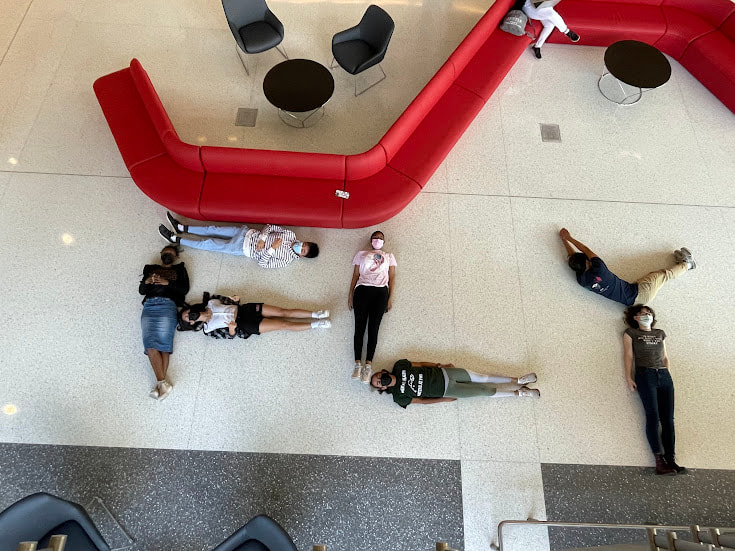
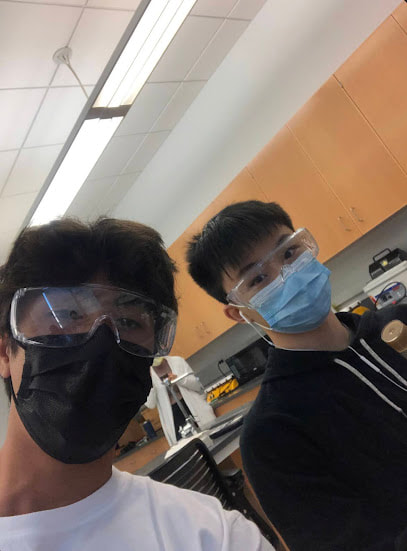
 RSS Feed
RSS Feed